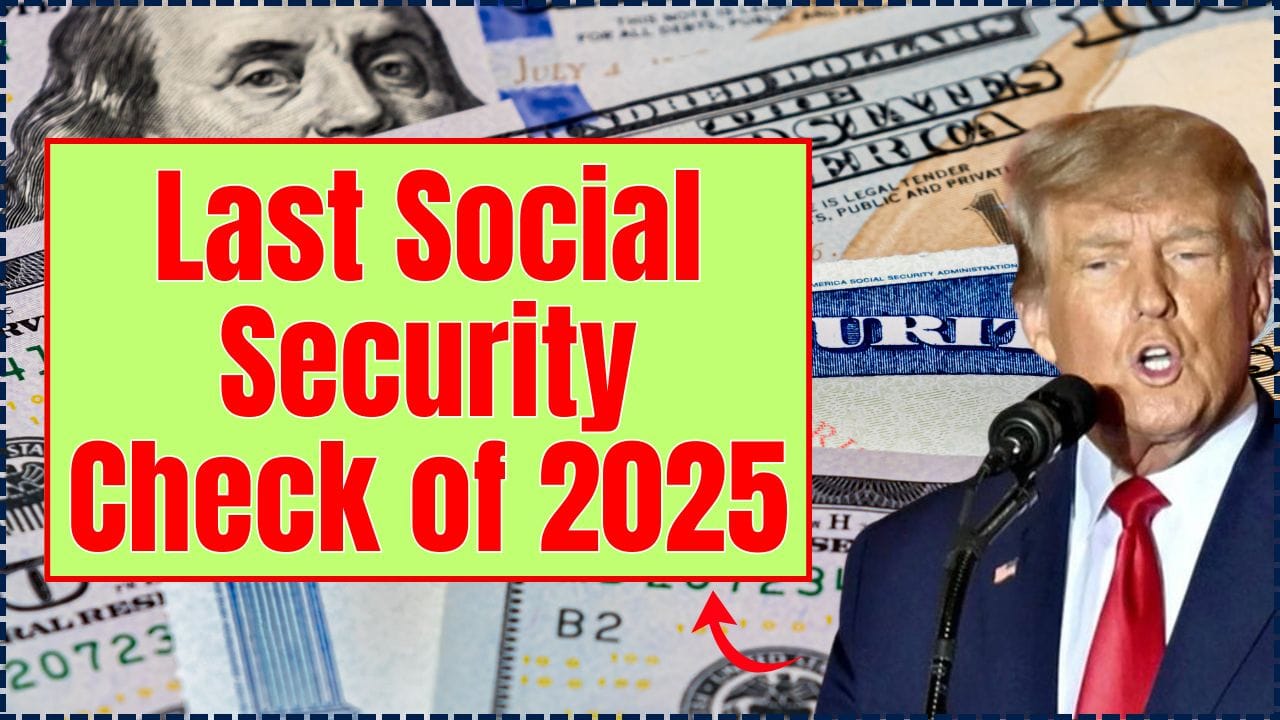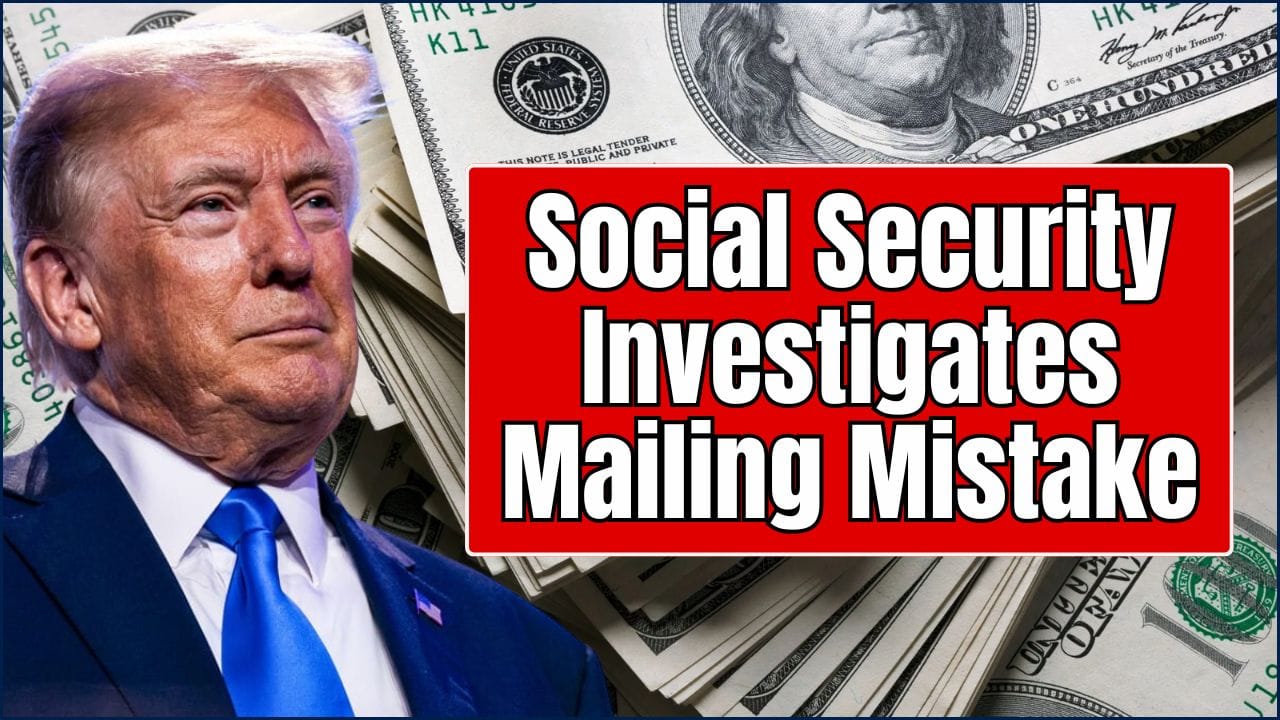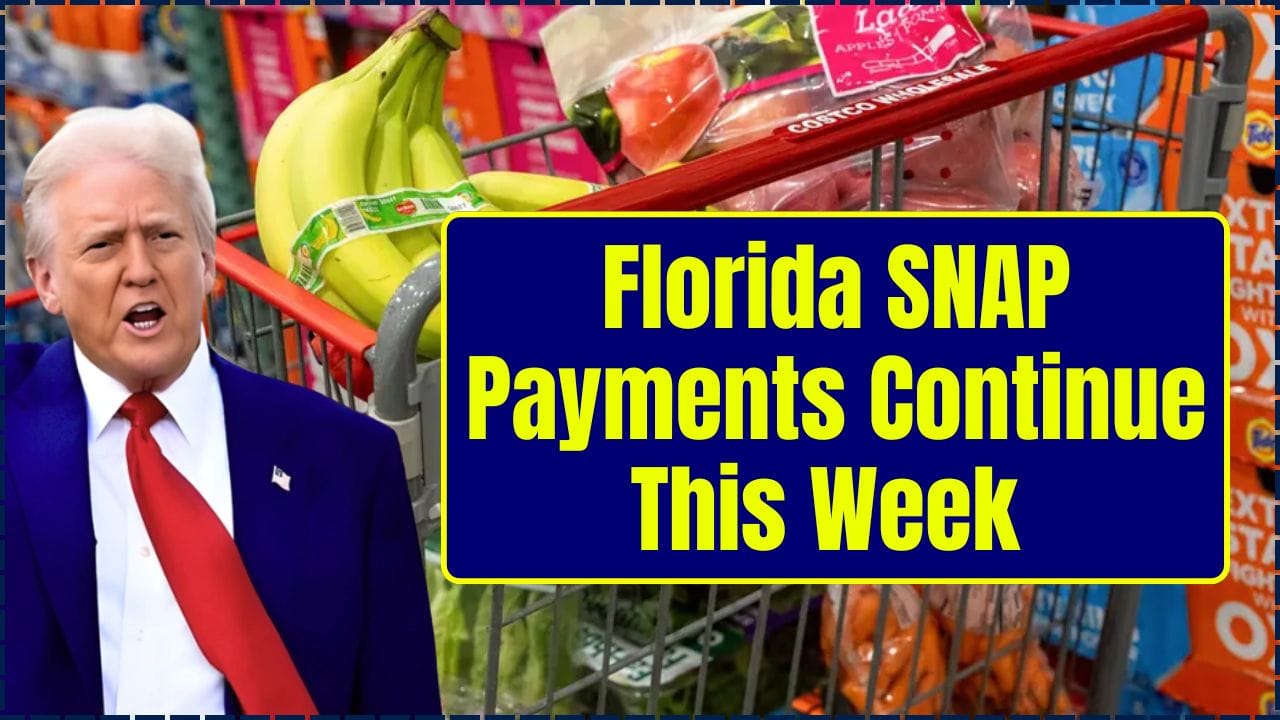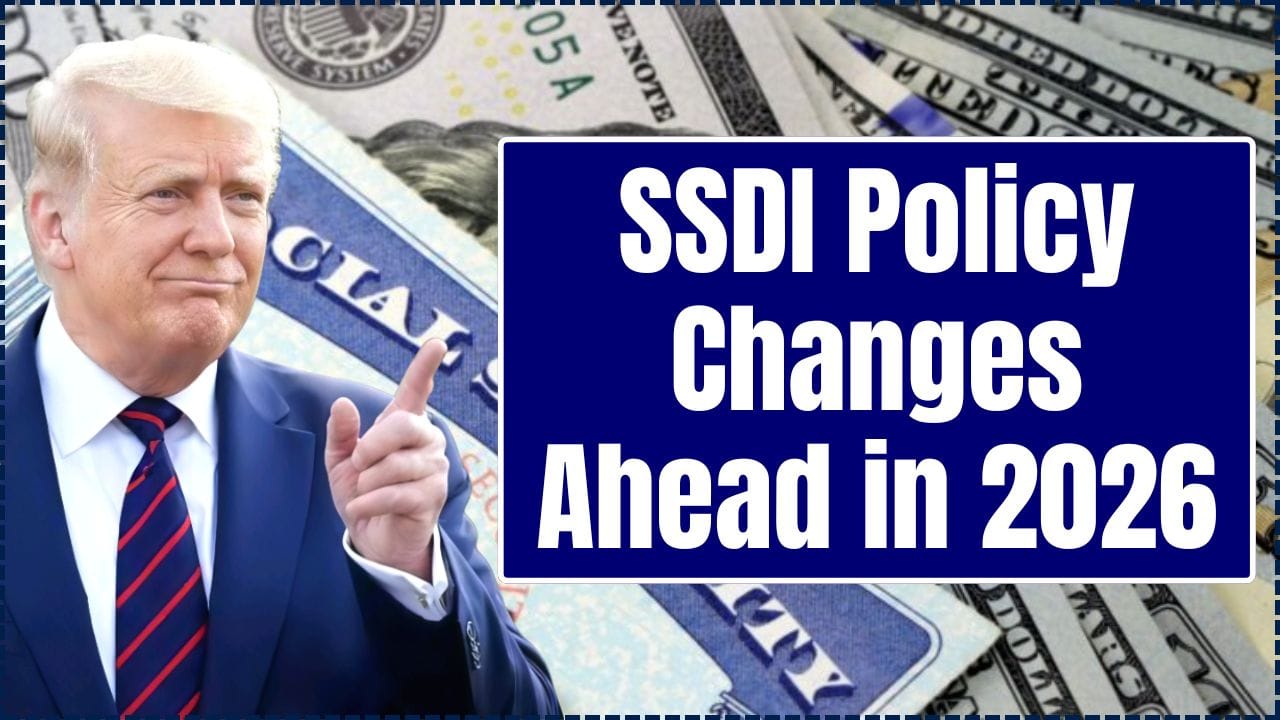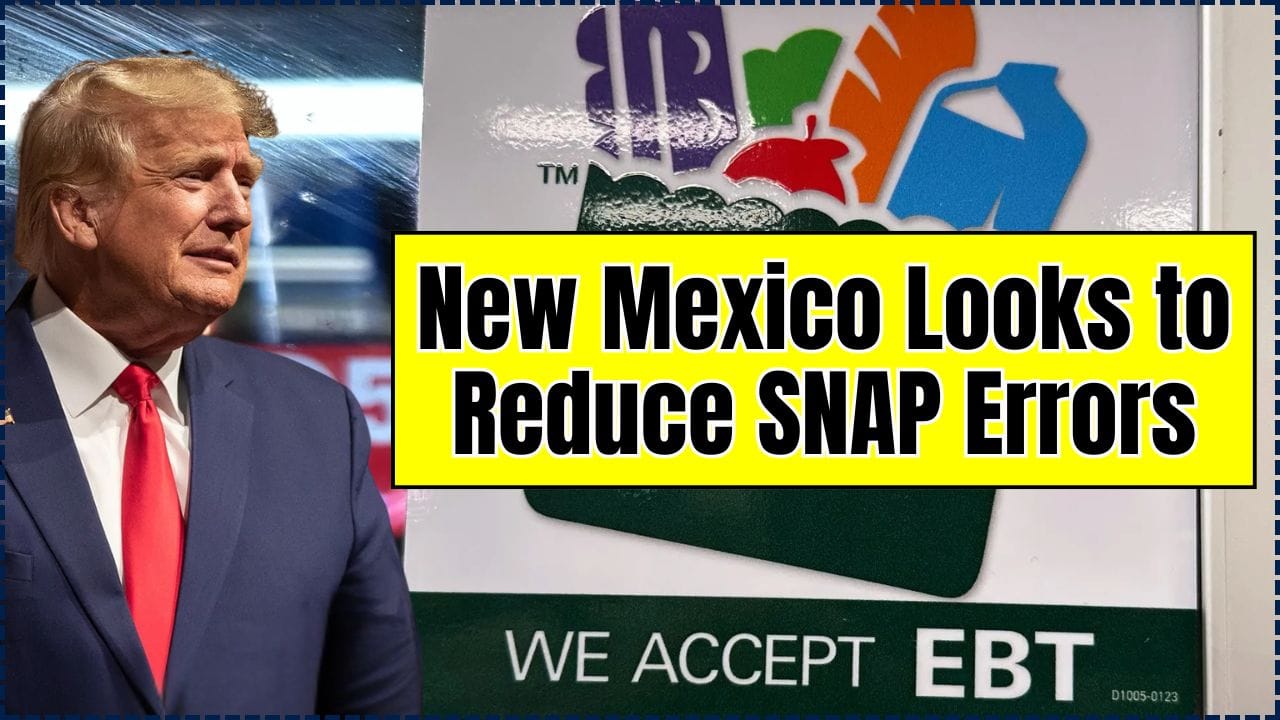Starting October 1, 2025, a significant change is coming for anyone planning to visit, study, or work in the United States on a temporary basis: a new $250 fee will be added to all non-immigrant visas. This “Visa Integrity Fee,” enacted under the “One Big Beautiful Bill Act,” marks an important shift in the U.S. immigration landscape and could impact millions of travelers globally. As someone who has spent years advising individuals on international travel and immigration, I understand the questions and concerns this development might raise. My goal with this article is to provide you with comprehensive, actionable, and encouraging information, helping you successfully navigate this evolving process.
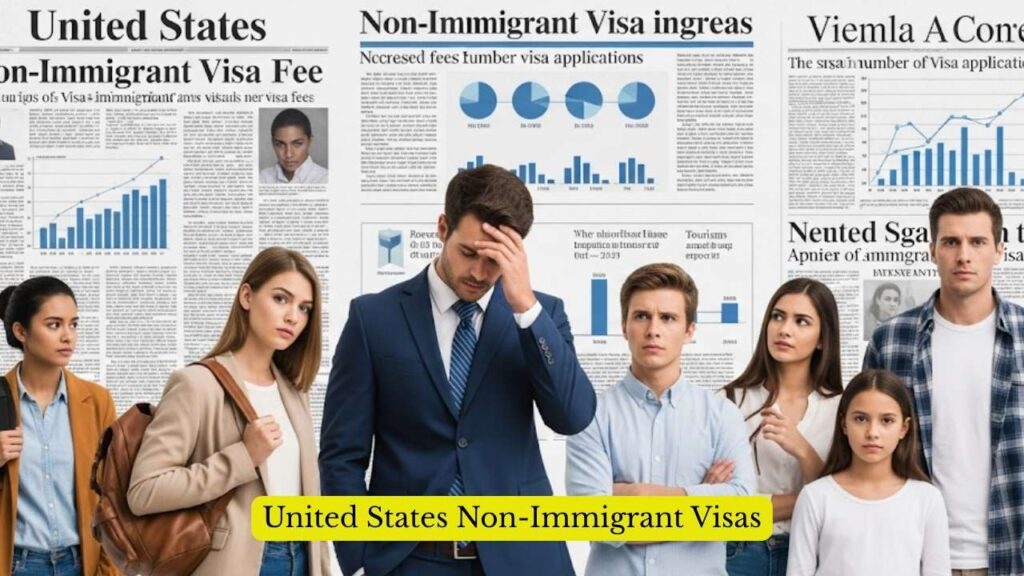
What Exactly is a Non-Immigrant Visa?
Before diving into the new fee, let’s clarify what a non-immigrant visa entails. Simply put, a non-immigrant visa is for foreign nationals who wish to enter the United States for a temporary period, for specific purposes. Unlike immigrant visas, which are for those seeking permanent residency, non-immigrant visas cover a wide array of intentions, from tourism and business to education and temporary work.
Common types of non-immigrant visas include:
- B-1/B-2 Visas: For business or tourism. This is the most common type, allowing short stays for leisure, visiting family, attending conferences, or exploring business opportunities.
- F-1/M-1 Visas: For students pursuing academic (F-1) or vocational (M-1) studies.
- J-1 Visas: For exchange visitors, including au pairs, trainees, and participants in cultural exchange programs.
- H-1B Visas: For temporary workers in specialty occupations, often requiring a bachelor’s degree or higher.
- L-1 Visas: For intracompany transferees, allowing multinational companies to move employees from foreign offices to their U.S. offices.
- O-1/P-1 Visas: For individuals with extraordinary ability in arts, sciences, athletics, or entertainment.
Each of these categories has its own set of requirements and application procedures, but as of October 1, 2025, almost all will share an additional financial consideration.
The New $250 Visa Integrity Fee: What You Need to Know
The newly introduced $250 Visa Integrity Fee is an additional charge that will be levied on top of existing visa application costs. This means that, for most non-immigrant visa applicants, the total cost of obtaining a U.S. visa will increase. For example, a student visa applicant who currently pays an application fee and a SEVIS fee might see their total cost jump by an additional $250, bringing their overall expenses to a higher sum. According to the Independent, this fee applies to all visitors traveling to the U.S. on a non-immigrant visa, excluding those who travel under the Visa Waiver Program.
The fee was established under the “One Big Beautiful Bill” signed into law on July 4, 2025. While the law outlines that the fee may be reimbursed under specific conditions—such as fully complying with visa terms, not overstaying by more than five days, and not accepting unauthorized employment—the details regarding the reimbursement process are still unclear. It’s important to understand that this fee is paid at the time of visa issuance and, as Boundless notes, details around the process for refunds remain largely undefined, potentially making it effectively non-refundable for many.
Why the New Fee? Understanding the Rationale
The stated purpose behind the Visa Integrity Fee is to enhance the integrity of the U.S. immigration system and reduce visa overstays. The Department of Homeland Security (DHS) indicates that the policy aims to deter individuals from remaining in the country beyond their authorized period of stay. By requiring a financial incentive for departure or status compliance, the government hopes to curb violations.
However, critics argue that the fee could discourage legitimate visitors, including students, tourists, and temporary workers, from choosing the U.S. as their destination, especially when other countries compete for global talent and travelers. The Tico Times highlights concerns that the fee disproportionately affects lower-income applicants and could widen inequality in regional mobility, particularly in Latin American countries where applicants often save for months to afford existing visa costs.

Preparing for the Change: Practical Steps
Given this upcoming change, proactive planning is crucial for anyone considering a non-immigrant visa. Here are some actionable steps you can take:
- Apply Early: If your travel plans allow, consider applying for your non-immigrant visa before October 1, 2025, to avoid the additional $250 fee. While appointment wait times can be substantial, securing an earlier slot can save you money.
- Budget Accordingly: Factor in the additional $250 fee into your total travel budget. Remember, this is an added cost on top of the Machine Readable Visa (MRV) fee, and any reciprocity or SEVIS fees that might apply to your specific visa category.
- Stay Informed: The implementation details, particularly regarding fee collection and the reimbursement process, are still being fine-tuned by the U.S. Department of Homeland Security (DHS) and the Department of State. Monitor official U.S. Embassy and Consulate websites in your country for the latest updates. I’ve seen many successful applicants keep a close eye on these announcements.
- Understand Visa Compliance: If you are granted a visa, rigorously adhere to all visa conditions. This includes your authorized period of stay, not engaging in unauthorized employment, and maintaining your status. This compliance is essential not only for potential reimbursement (should the process become clear) but also for future travel to the U.S.
- Seek Guidance: The U.S. visa application process can be complex. If you have specific questions about your eligibility, the new fee, or the application process, consider consulting with an immigration attorney or a reputable visa advisory service.
Impact on Different Visa Categories
The $250 Visa Integrity Fee will broadly affect most non-immigrant visa categories.
- Tourists and Business Travelers (B-1/B-2): Millions of individuals traveling for leisure or business will see their visa costs increase. For a family, this can quickly add up.
- Students (F-1/M-1): International students, who already pay the MRV fee and the SEVIS fee, will face an additional financial burden. This could potentially influence decisions for some prospective students.
- Temporary Workers (H, L, O, P, Q, R): Companies sponsoring foreign workers will need to account for this additional cost, whether they choose to cover it for their employees or expect the employees to bear it. This adds another layer of financial consideration to employment-based visas.
It’s crucial to distinguish this fee from the Visa Waiver Program (VWP). Travelers from VWP countries (such as the UK, France, Germany, Japan, and Australia) who enter the U.S. for less than 90 days via an Electronic System for Travel Authorization (ESTA) are generally exempt from this new $250 fee. However, it’s worth noting that the ESTA fee itself is also expected to increase from $21 to $40.
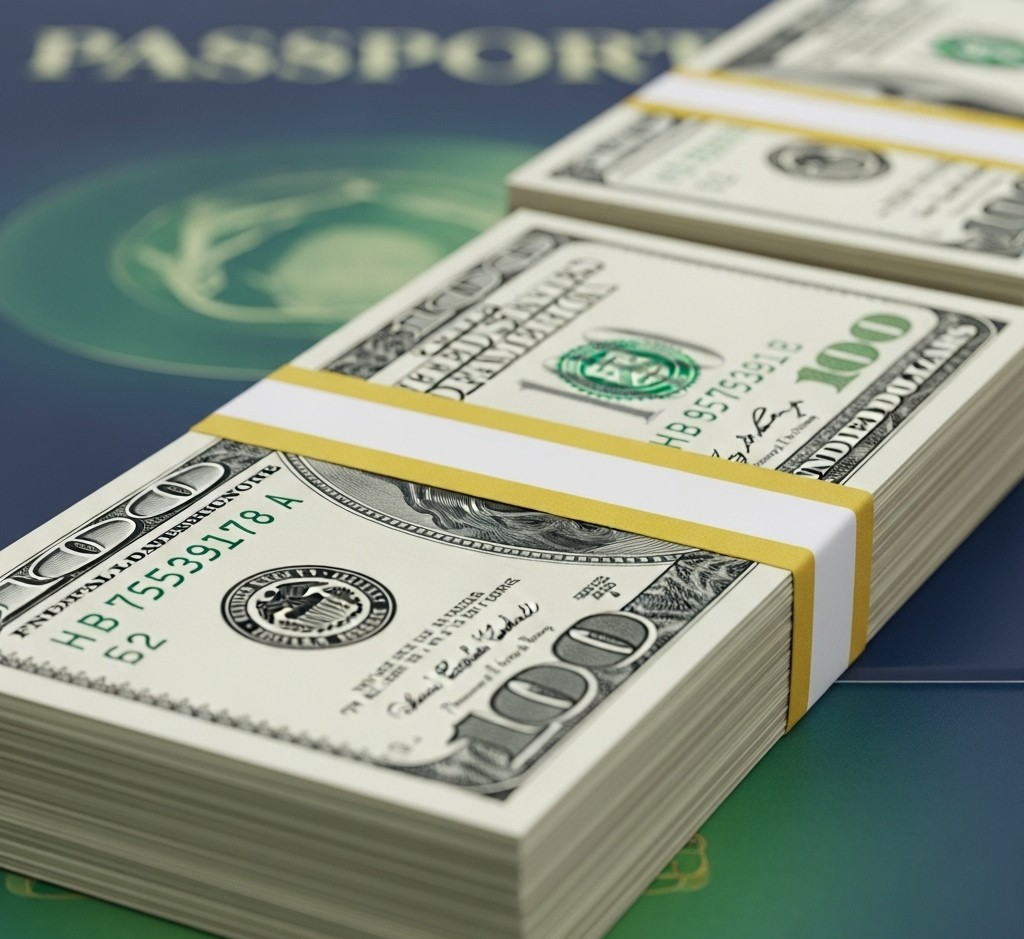
A Look Ahead
The introduction of the United States non-immigrant visa fee increase reflects a broader trend of evolving immigration policies and fees. While these changes can feel daunting, approaching the process with accurate information and careful planning can make all the difference.
According to The Independent, the new $250 charge applies to all visitors traveling to the U.S. on a non-immigrant visa, but not those who travel with a visa waiver.
In conclusion, the upcoming $250 fee on United States non-immigrant visas is a significant development that demands your attention if you’re planning a temporary stay in the U.S. By understanding the new requirements, budgeting wisely, and staying informed through official channels, you can successfully navigate this updated process. Start preparing now, gather your documents, and consult official resources to ensure a smooth application. Your dream of experiencing the United States is still within reach!
Emergency U.S. Visa Interview Appointments 2025 Update: A Complete Guide for Urgent Travelers
IELTS or English Test Requirements for Work Visa Applications in 2026
FAQ
Q1: Who is exempt from the new $250 Visa Integrity Fee?
A: Travelers from countries participating in the Visa Waiver Program (VWP) who enter the U.S. via an ESTA for stays of less than 90 days are generally exempt from this new fee. Diplomatic (A) and G visas are also typically exempt.
Q2: When does the $250 fee for non-immigrant visas officially take effect?
A: The $250 Visa Integrity Fee is set to take effect on October 1, 2025, which marks the beginning of the U.S. fiscal year.
Q3: Can the $250 Visa Integrity Fee be refunded?
A: The law includes provisions for reimbursement if the visa holder fully complies with all visa conditions, including not overstaying by more than five days and not accepting unauthorized employment. However, details on how to apply for such a reimbursement are currently unclear, and some sources suggest it may be practically non-refundable.
Q4: Will existing visa holders need to pay this new fee?
A: No, the fee applies to the issuance of new non-immigrant visas starting October 1, 2025. If you already hold a valid non-immigrant visa, this new fee will not apply to your current visa. It will, however, be applicable if you apply for a new non-immigrant visa on or after the effective date.

